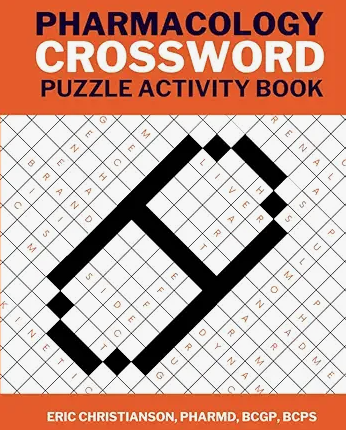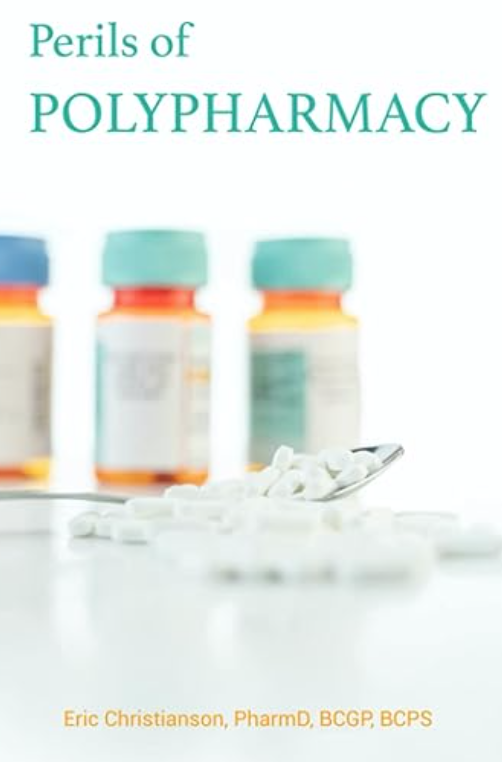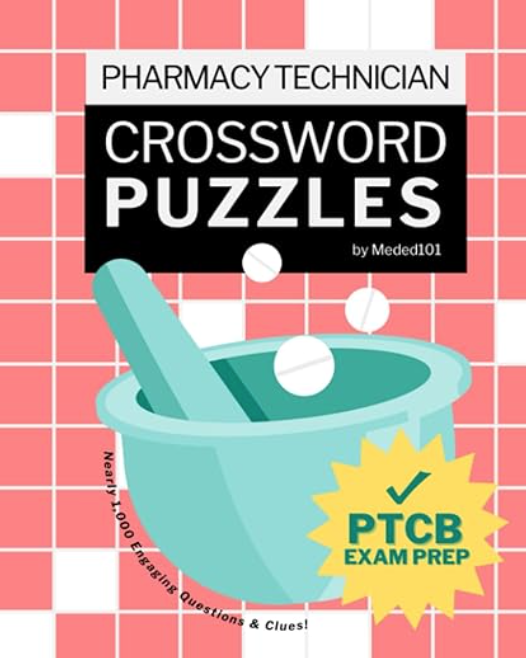Digoxin is a cardiac glycoside that has a narrow therapeutic window. Because of this, we typically monitor digoxin levels. If levels get too high, we can run into adverse effects. In some cases, particularly geriatric patients, those adverse can be misinterpreted as new conditions and not adverse effects. In this article, we will outline 4 examples of digoxin and the prescribing cascade.
Antiemetics
When patients present with digoxin toxicity, an acute symptom may be nausea and vomiting. This can easily be misinterpreted as an acute gastrointestinal infection. If you identify that antiemetics are prescribed and the patient is taking digoxin, remember to assess if the digoxin level could be high and draw a level if deemed necessary.
Weight Loss
Another associated GI symptom associated with nausea and vomiting is weight loss (excellent board exam nugget). I’ve seen numerous patients placed on weight-gaining type medications to treat elderly patients with weight loss. Mirtazapine and megestrol are two of the more common medications I’ve seen used to help stimulate appetite. Assessing for digoxin toxicity is critical in a patient taking digoxin on a chronic basis.
Visual
The addition of various eye drops may be considered when a patient reports visual changes. Digoxin toxicity can cause the vision to change by causing halos or changing to a yellowish color. Before sending that referral to an ophthalmologist, be sure that a digoxin level is assessed to prove the patient is not dig toxic.
CNS Changes
The last adverse effect of digoxin toxicity I will mention is cognitive changes. When a patient has toxic levels of digoxin, they may feel lethargic, confused, or delirious. Any number of medications may be added in this situation depending upon the primary symptoms including the possibility of antidepressants, antipsychotics, anxiolytics, or mood stabilizers. Most literature states that levels above 2.0 ng/mL will typically present with symptoms of digoxin toxicity but in geriatrics specifically, there are reports of lower levels than that possibly leading to symptoms.
Knowing a patient is taking digoxin is important. Understanding the potential signs and symptoms of digoxin toxicity can help prevent the prescribing cascade with this medication.
- 30 medication mistakes PDF
- 18+ Page Drug Interaction PDF
- 10 Commandments of Polypharmacy Webinar based on my experiences in clinical practice









It has been clear since digoxin serum levels were measured that the concentration of digoxin is not “perfectly” related to toxicity. Studies were done by assessing toxicity signs and symptoms and then measuring the serum concentration. In these studies, the overlap between “toxic” and “non-toxic” serum concentrations with the resolution of signs and symptoms of toxicity was large. Patients have toxicity and the serum concentrations can confirm what is observed. However, patients can have serum concentrations that are “non-toxic” and have digitalis intoxication. The only way to know if toxicity has occurred is to stop digoxin. Factors like hypokalemia, hypomagnesemia, and hypoxia predispose patients to digitalis toxicity.